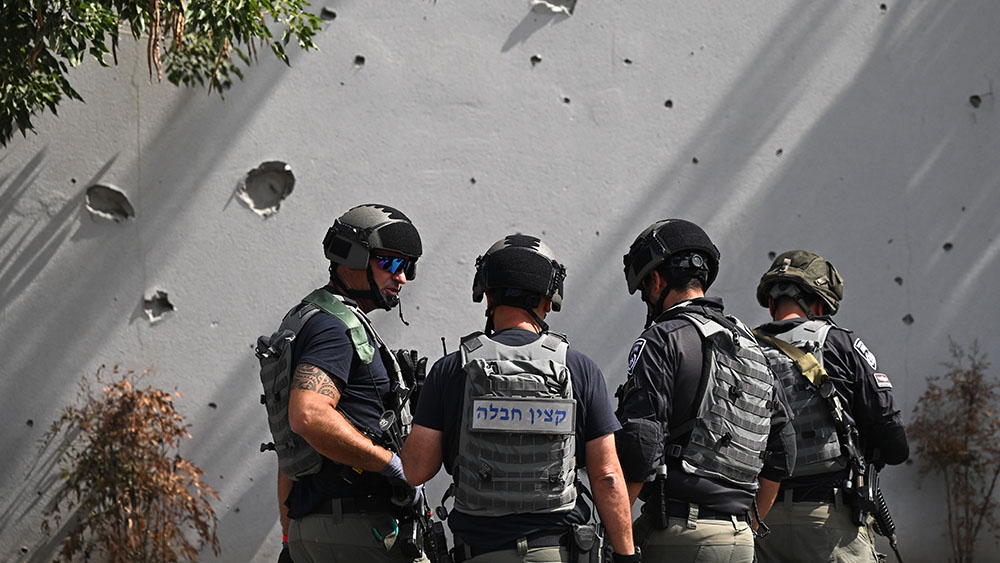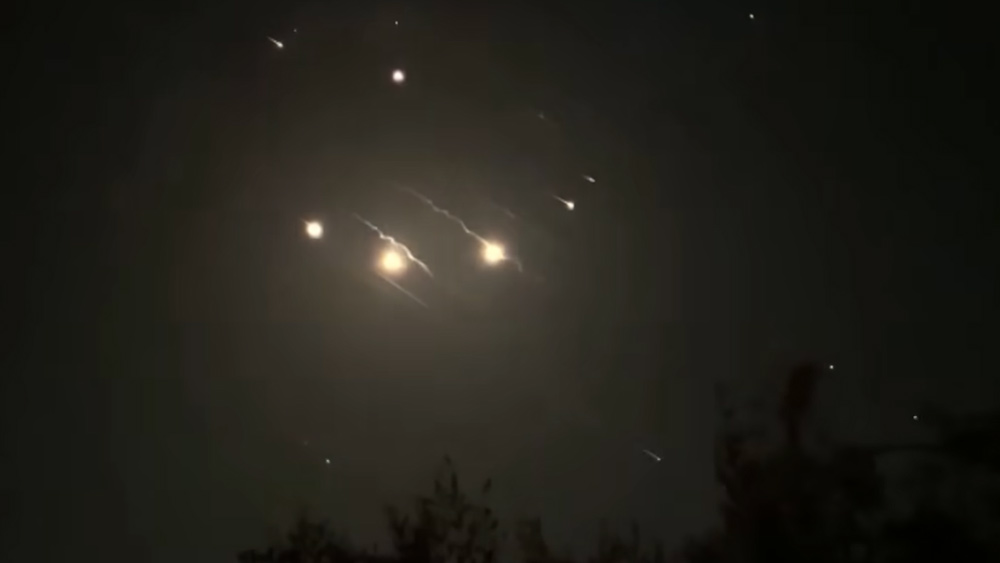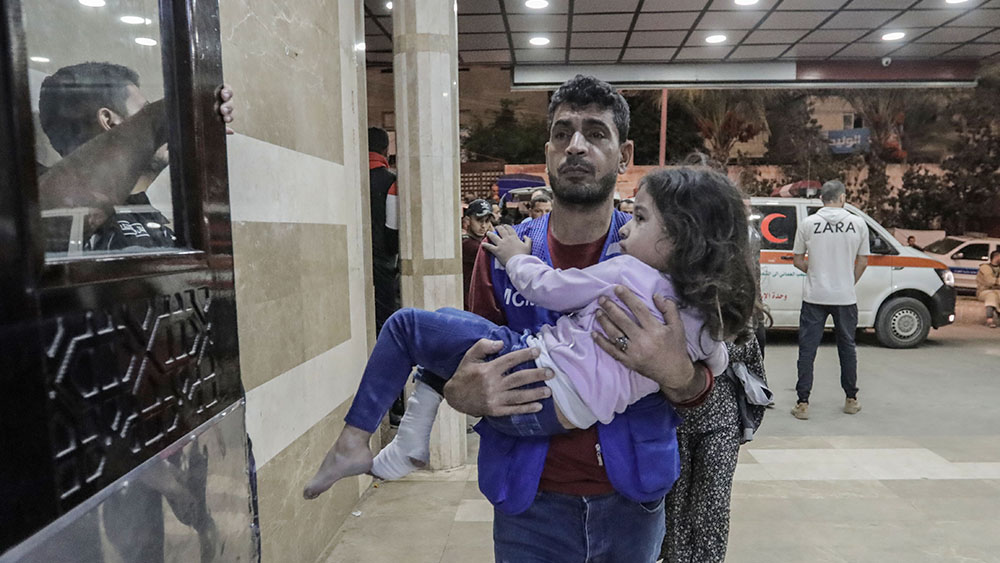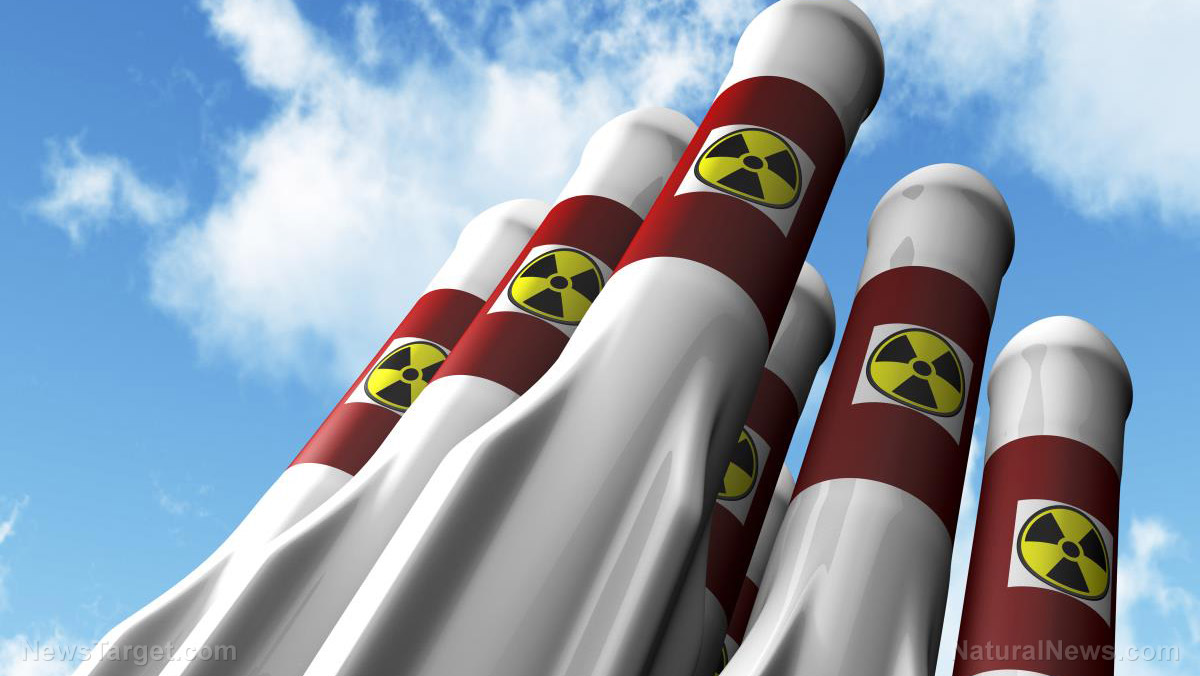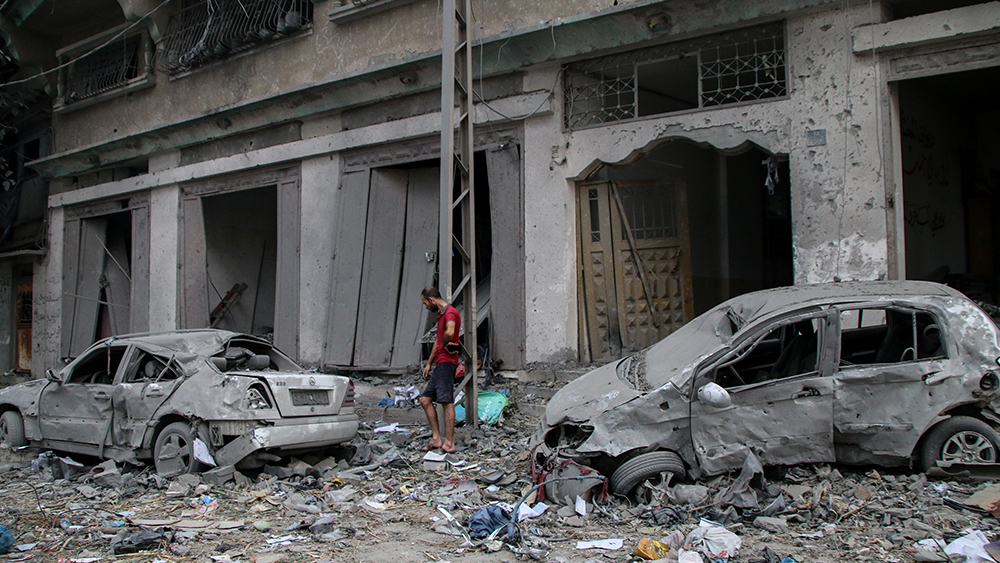Hurricane Milton left at least 24 dead and millions without power in Florida
10/15/2024 / By Kevin Hughes
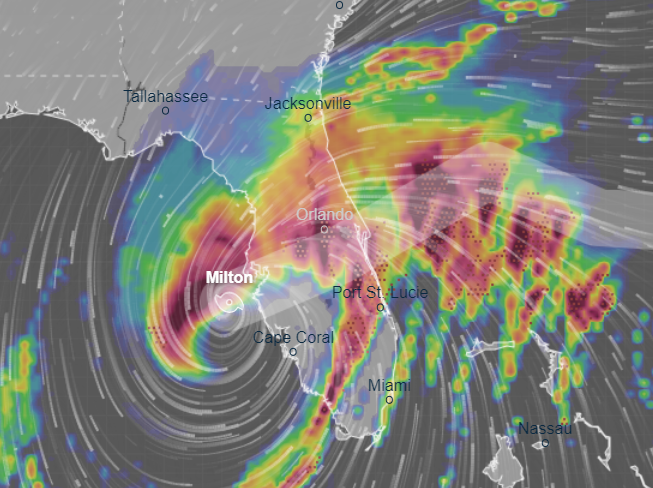
Hurricane Milton has ended its onslaught on Florida, killing at least 24 and leaving millions without power.
The number of deaths has fluctuated as search and rescue operations reach more people in secluded areas. Milton hit the state just over a week after Hurricane Helene, which caused 27 deaths in Florida.
According to the Florida Department of Law Enforcement, local agencies make the determination about whether a death is storm-related. This could change as new information about causes of death is discovered.
Officials also confirmed to CBS News that the storm left nearly 2.5 million customers without power in the state on Oct. 11, as stated by utility tracker Find Energy.
Milton made landfall near Siesta Key, Florida on Oct. 9 as a Category 3 storm on the five-step Saffir-Simpson scale, which classifies hurricanes based on the intensities of their sustained winds. At the time, Milton’s top sustained winds were 120 miles per hour. (Related: Hurricane Milton reached CAT 5 status – the last time there was a hurricane this strong barreling towards Florida was pre-Civil War.)
While still dangerous, Milton had actually weakened from its catastrophic Category 5 status with sustained winds of 180 miles per hour when it traveled over the Gulf of Mexico toward Florida.
Gov. Ron DeSantis said the state had evaded the “worst-case scenario,” although he cautioned the damage was still serious and flooding remained a concern.
The Tampa Bay area seemed to avoid the storm surge. The barrier islands along the shore south of the city also prevented massive flooding.
Milton caused no less than 27 tornadoes in Florida
Department of Homeland Security Secretary Alejandro Mayorkas said at a White House briefing that the federal government had received reports of at least 11 deaths caused by tornadoes that appeared during Milton’s onslaught.
Mayorkas said Milton caused no less than 27 tornadoes in Florida. In St. Lucie County, at least five deaths were attributed to a flurry of tornadoes. At least six more were killed when tornadoes struck the Spanish Lakes Country Club Village in Fort Pierce, a senior-living community in St. Lucie.
More than 3.2 million homes and businesses in Florida were without power on the afternoon of Oct. 10, as reported by PowerOutage.us, with many of them already waiting days for power to be restored after Helene struck the state earlier.
Milton also ripped the fabric roof of Tropicana Field, the stadium of the Tampa Bay Rays baseball team in St. Petersburg. The ballpark was an assembly area for responders, with thousands of camp beds set up on the field. Fortunately, there were no reported injuries.
In downtown St. Petersburg, a fallen crane chopped off a corner of the Johnson Pope building on First Avenue South. The crushed boom extended from one end of the street to the other.
Most of the severe damage reported so far emerged from the tornadoes, according to Federal Emergency Management Agency Administrator Deanne Criswell, who was in Tallahassee on Oct. 10. “The evacuation orders saved lives,” Criswell said, stating that more than 90,000 residents went to shelters.
Follow Disaster.news for more news about hurricanes hitting America.
Watch this clip from Fox Business discussing how Hurricane Milton has left at least three million Americans in Florida temporarily without power.
This video is from the NewsClips channel on Brighteon.com.
More related stories:
As Hurricane Milton hammers Florida, nearly 2,000 Florida gas stations are OUT OF FUEL.
Florida drivers STRANDED on highways as Hurricane Milton hits: “This storm is breaking cars down.”
Tampa mayor warns Floridians about Hurricane Milton: “If you stay, you’ll die.”
Sources include:
Submit a correction >>
Tagged Under:
Alejandro Mayorkas, big government, chaos, Collapse, disasters, electricity, energy supply, Florida, Hurricane Milton, hurricanes, national security, natural disasters, panic, power, power grid, Ron DeSantis, SHTF, Tampa, Tampa Bay, tornadoes, weather
This article may contain statements that reflect the opinion of the author
RECENT NEWS & ARTICLES
COPYRIGHT © 2017 NATIONAL SECURITY NEWS



